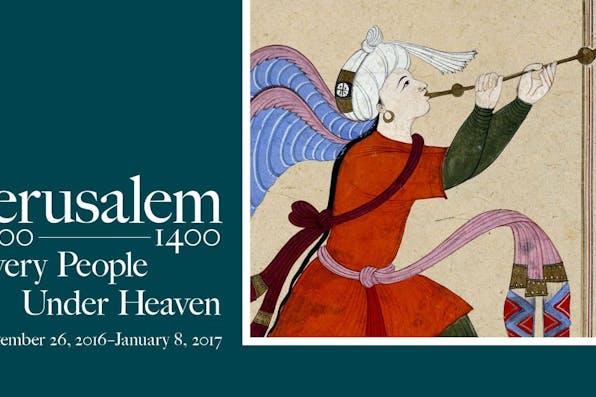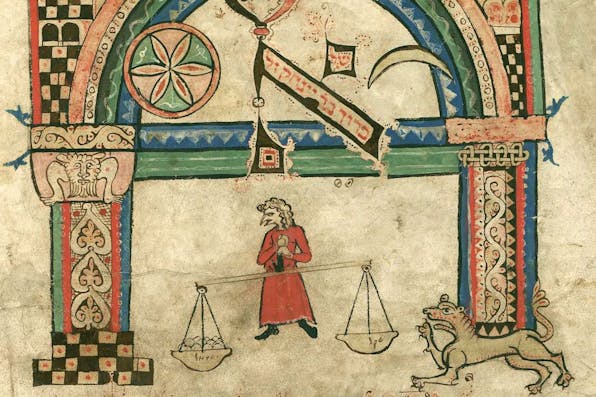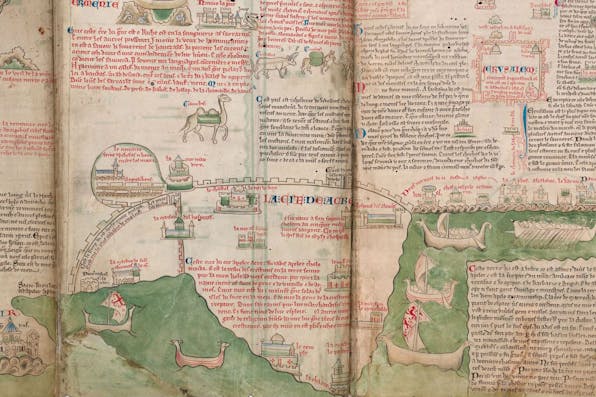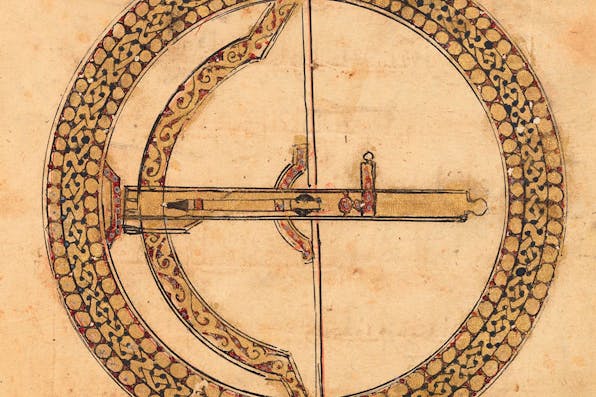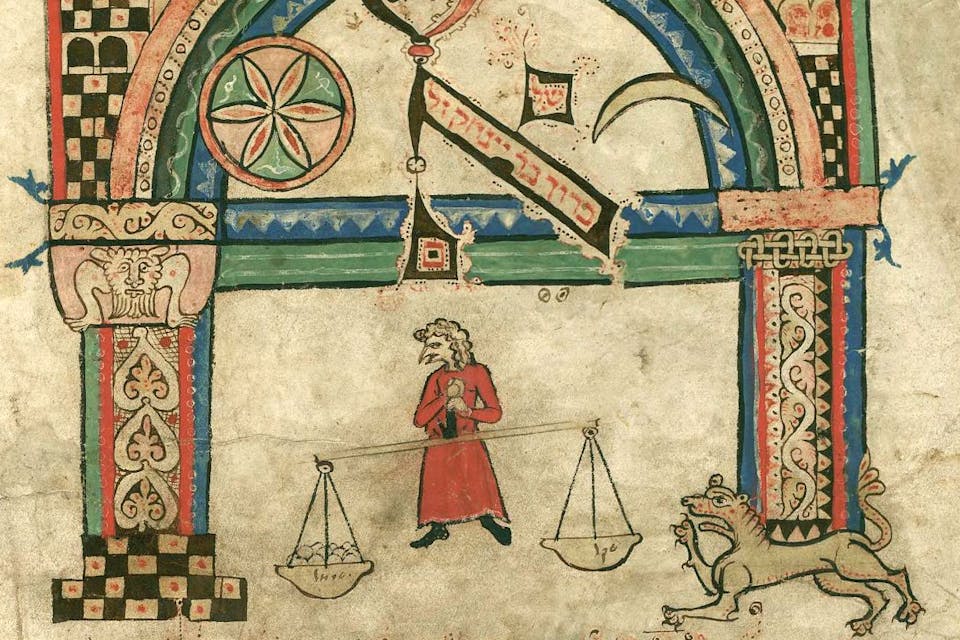
February 20, 2017
How Modern Museums Make Use of Jewish Culture
The Met's Jerusalem 1000-1400 is just one example of the way Jewish history, Jewish ideas, and Jewish art are trimmed to the purposes of contemporary taste and opinion.
Congratulations and many thanks to Edward Rothstein for “Jerusalem Syndrome at the Met,” his poignant and pungent essay on the Metropolitan Museum of Art’s Jerusalem 1000–1400: Every People Under Heaven.
The fundamental issue raised by Rothstein—the place in Western museum culture of Jewish history, Jewish ideas, and Jewish art—has quite a long pedigree by now. As my own contribution to this discussion, I’d like briefly here to sketch the relevant background as an aid to understanding where things stand now and where in my view they need to go.
Introducing his landmark volume, Jewish Art: An Illustrated History (1956), the great British historian Cecil Roth opened with a kind of apology: “The conception of Jewish art may appear to some to be a contradiction in terms.” Indeed. An entry in the Jewish Encyclopedia of 1901-5 had gone so far to assert that, when it came to art, Jews were genetically impaired—a defect that, as another entry hopefully proposed, might be remedied by art lessons. Even as late as the 1980’s. I was informed by a professor of art history that there was no such thing as Jewish art, and certainly nothing worthy of study.
